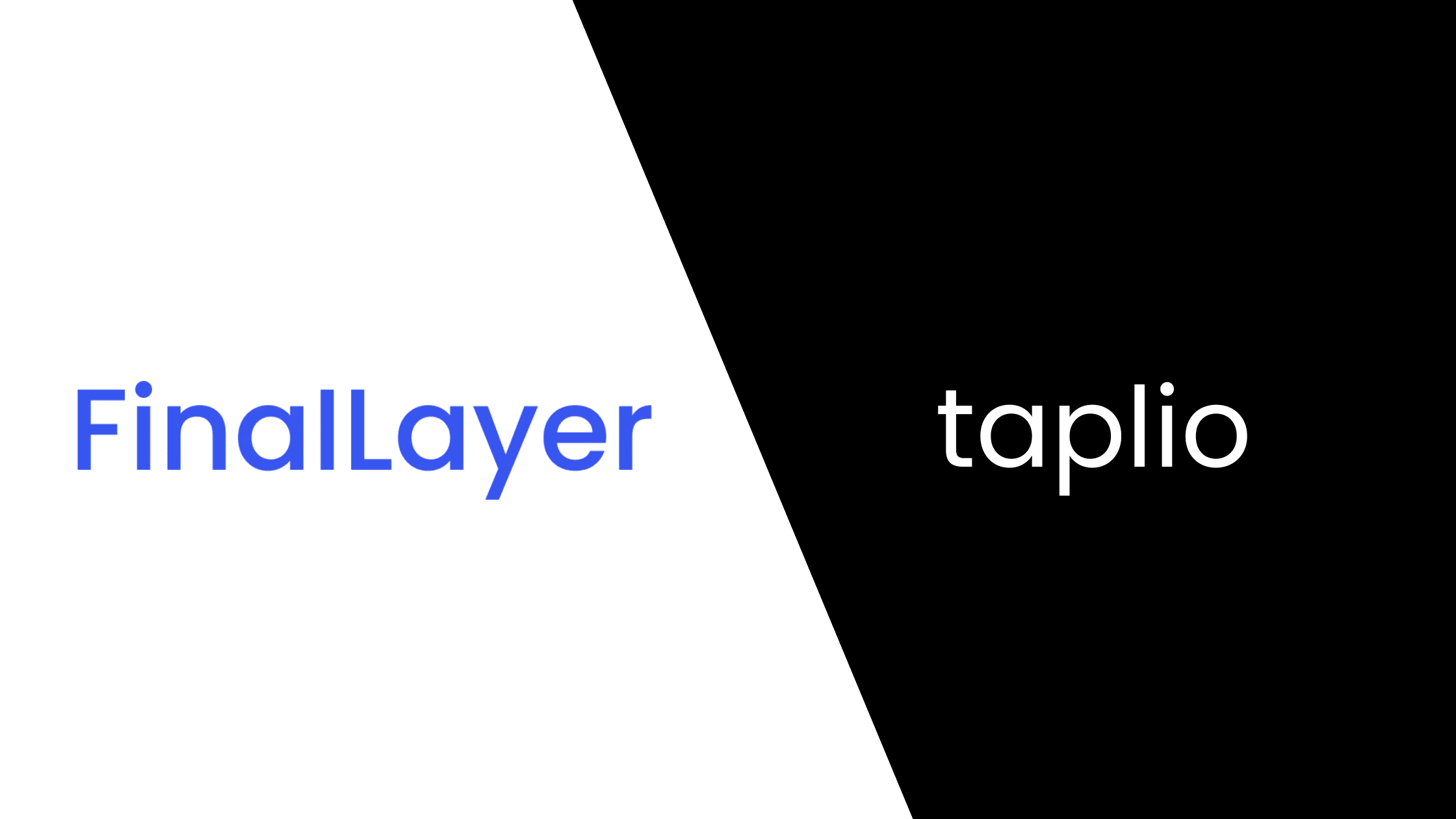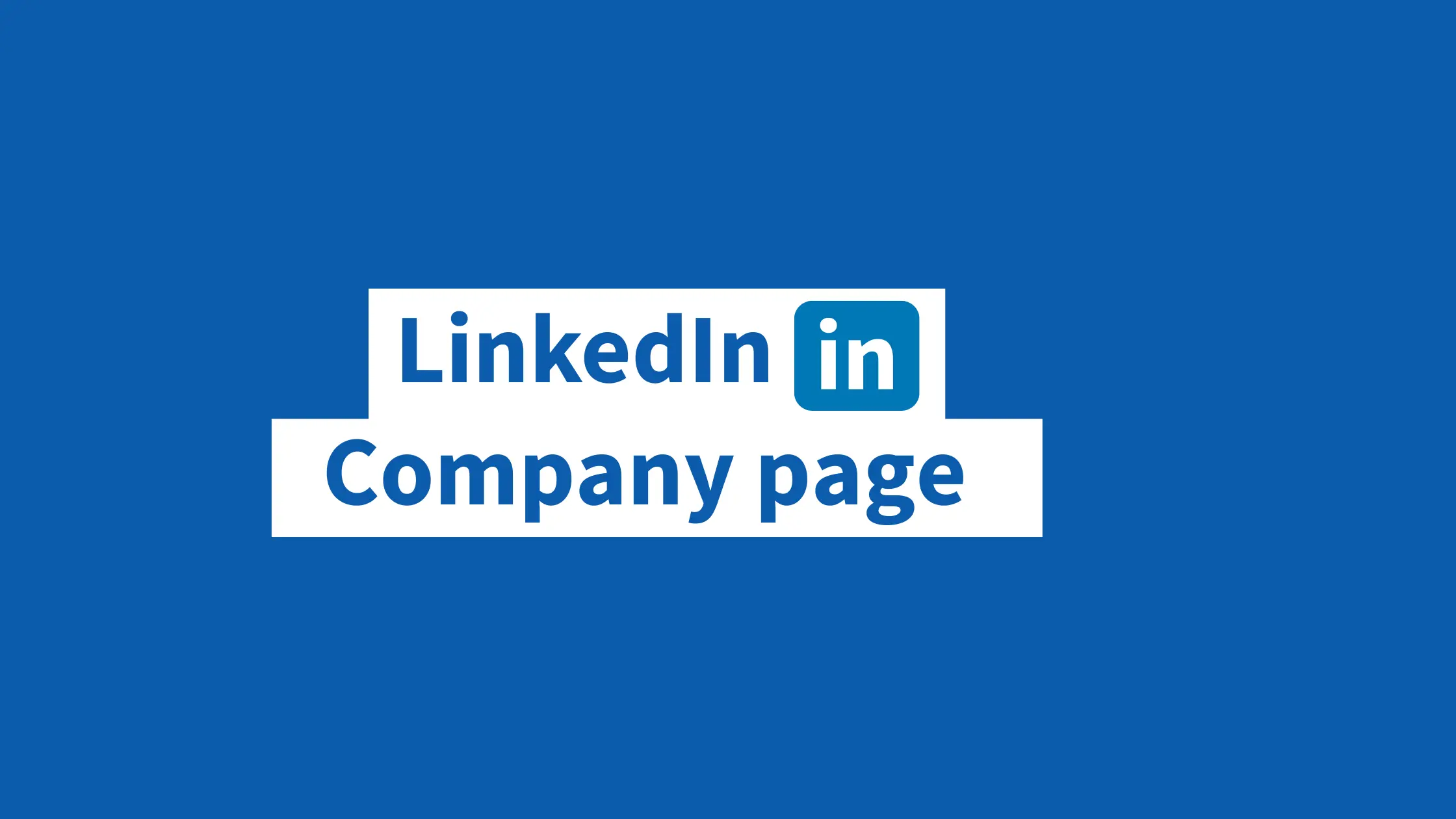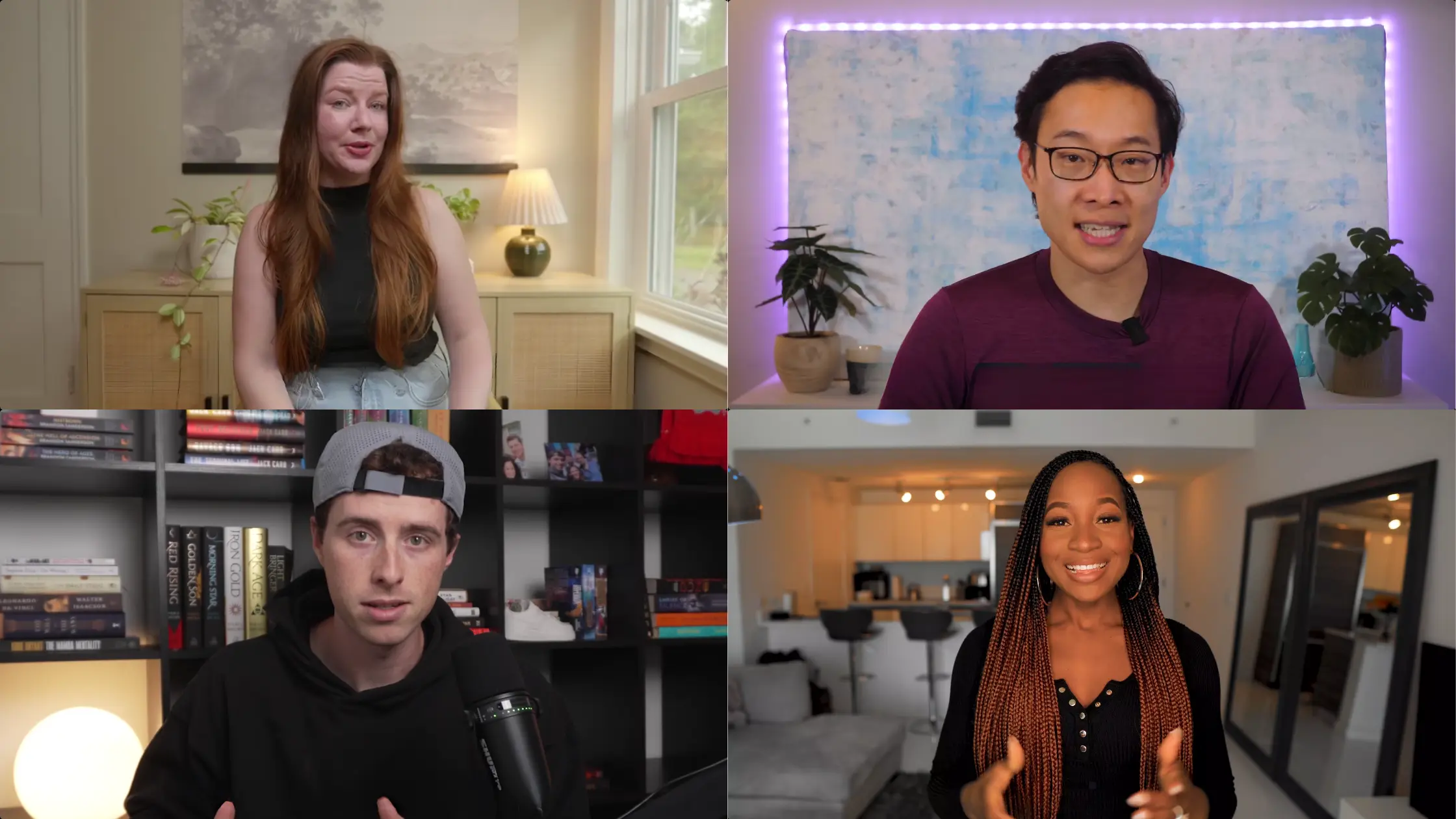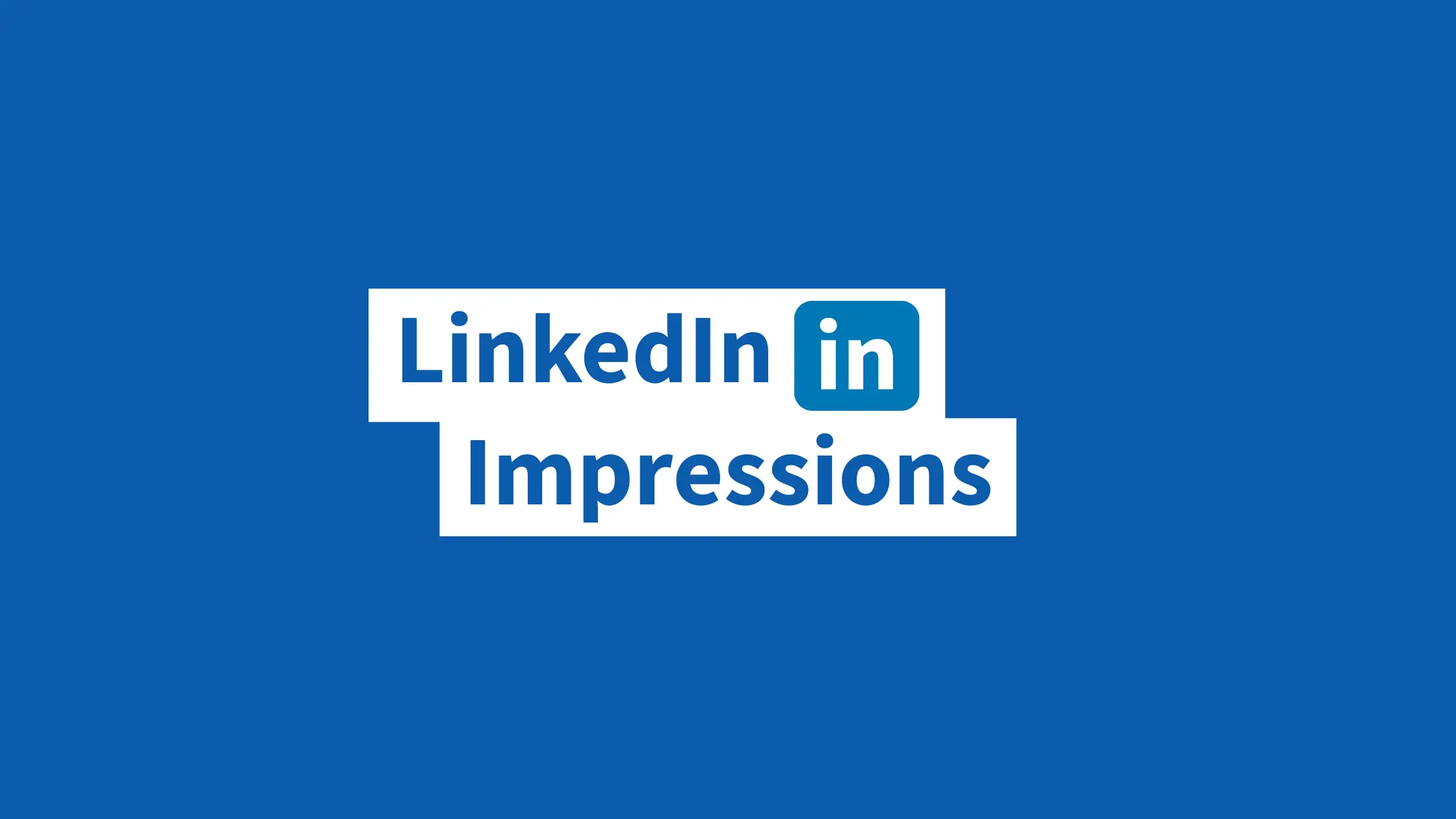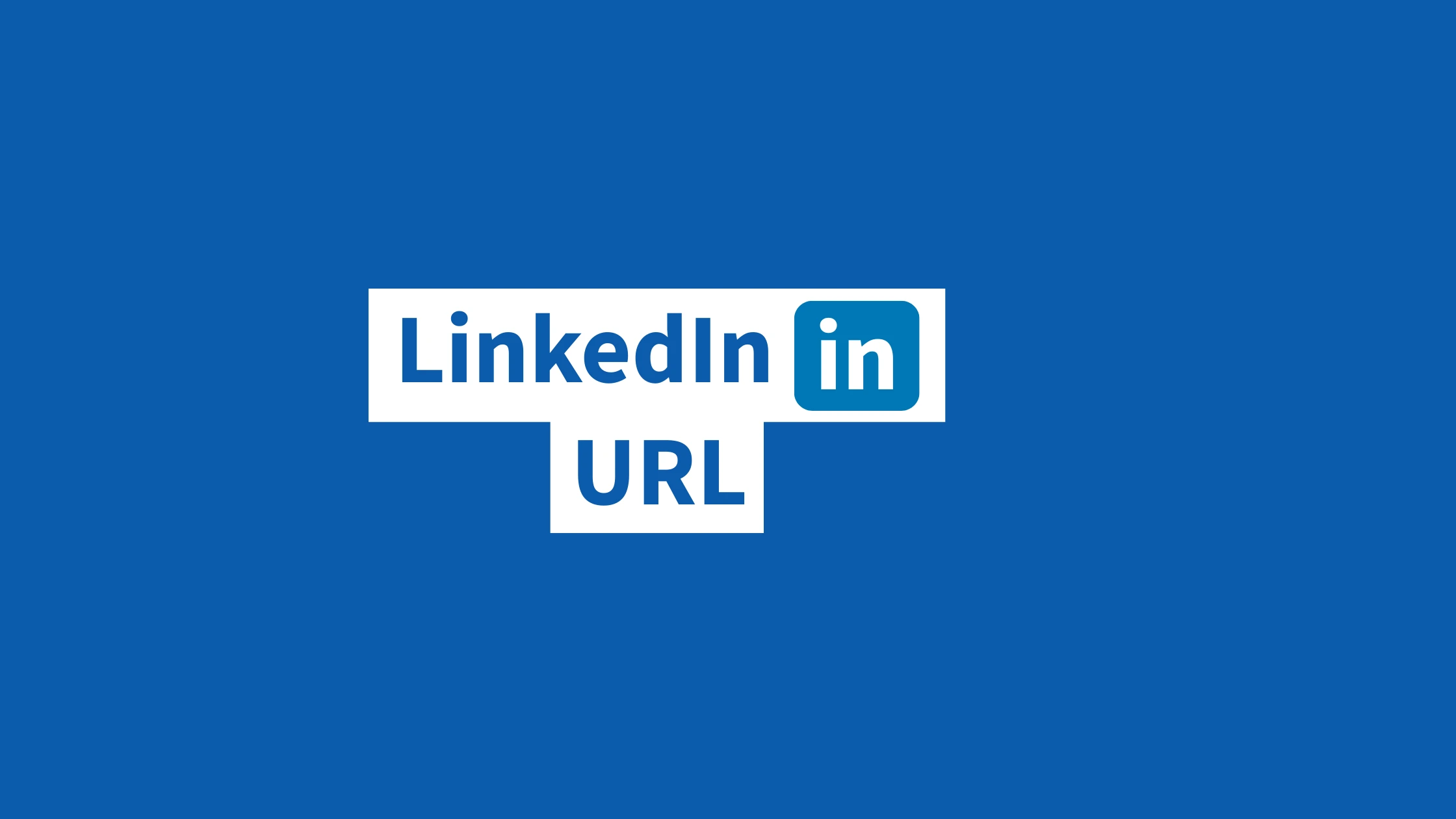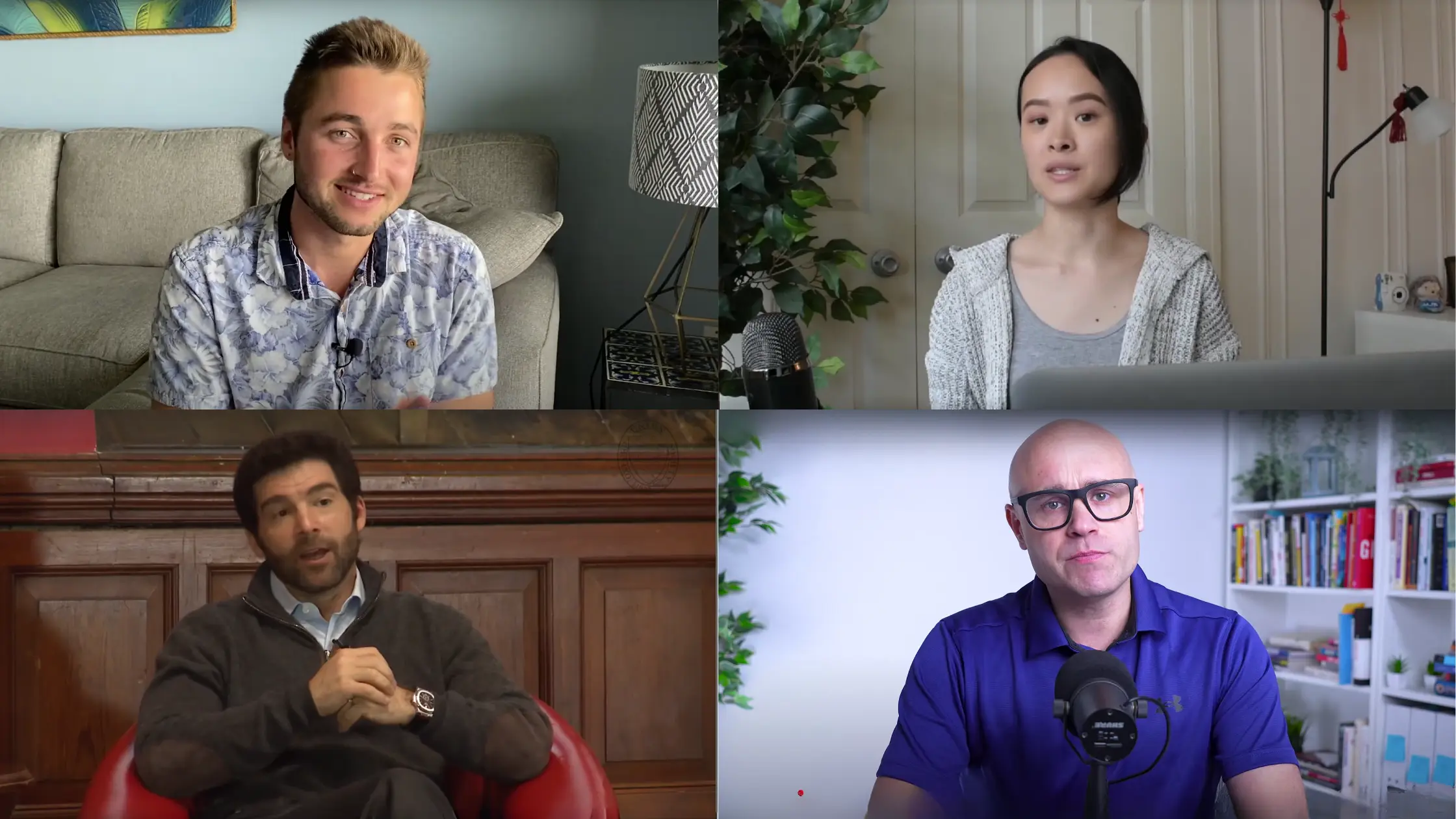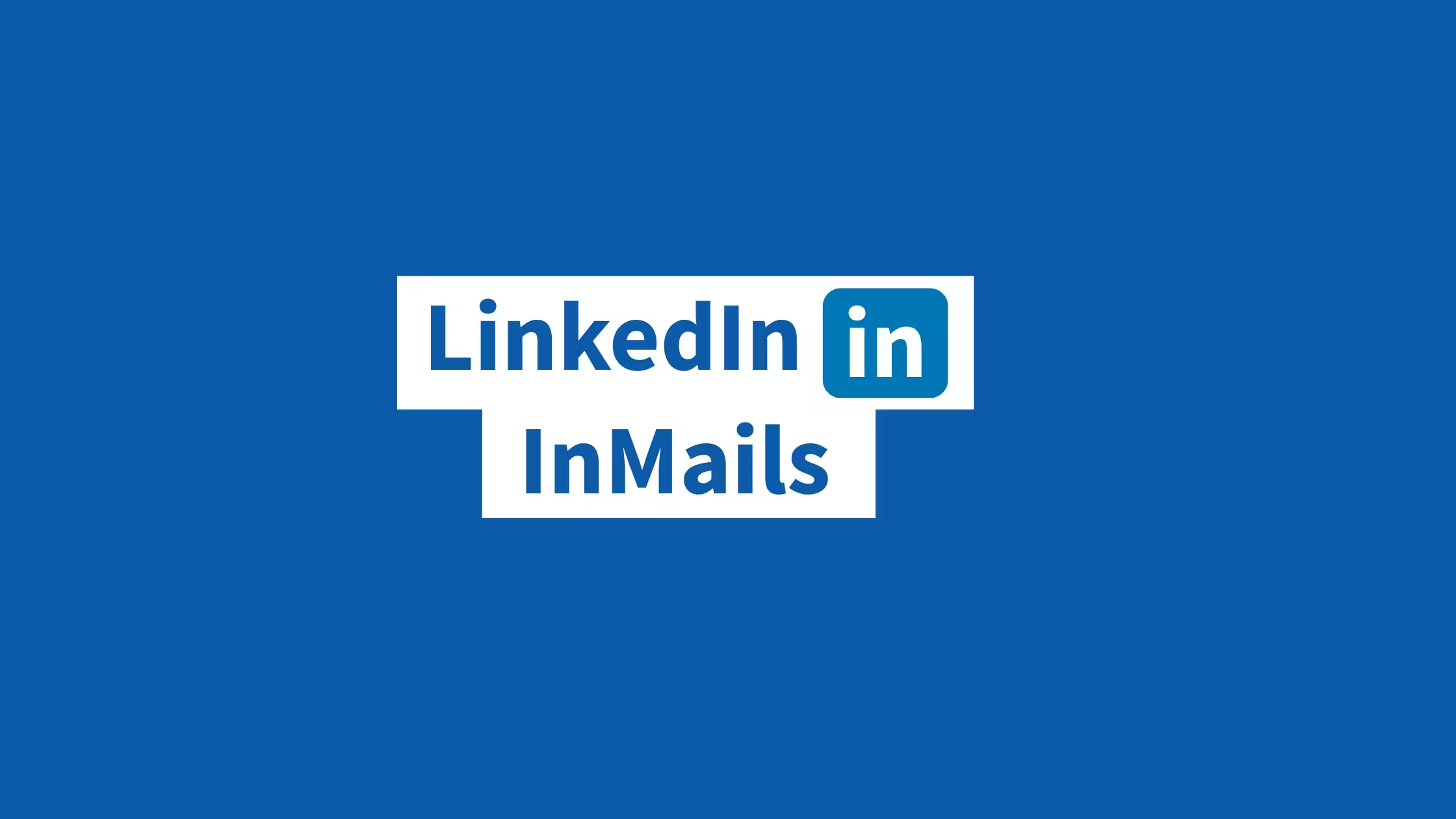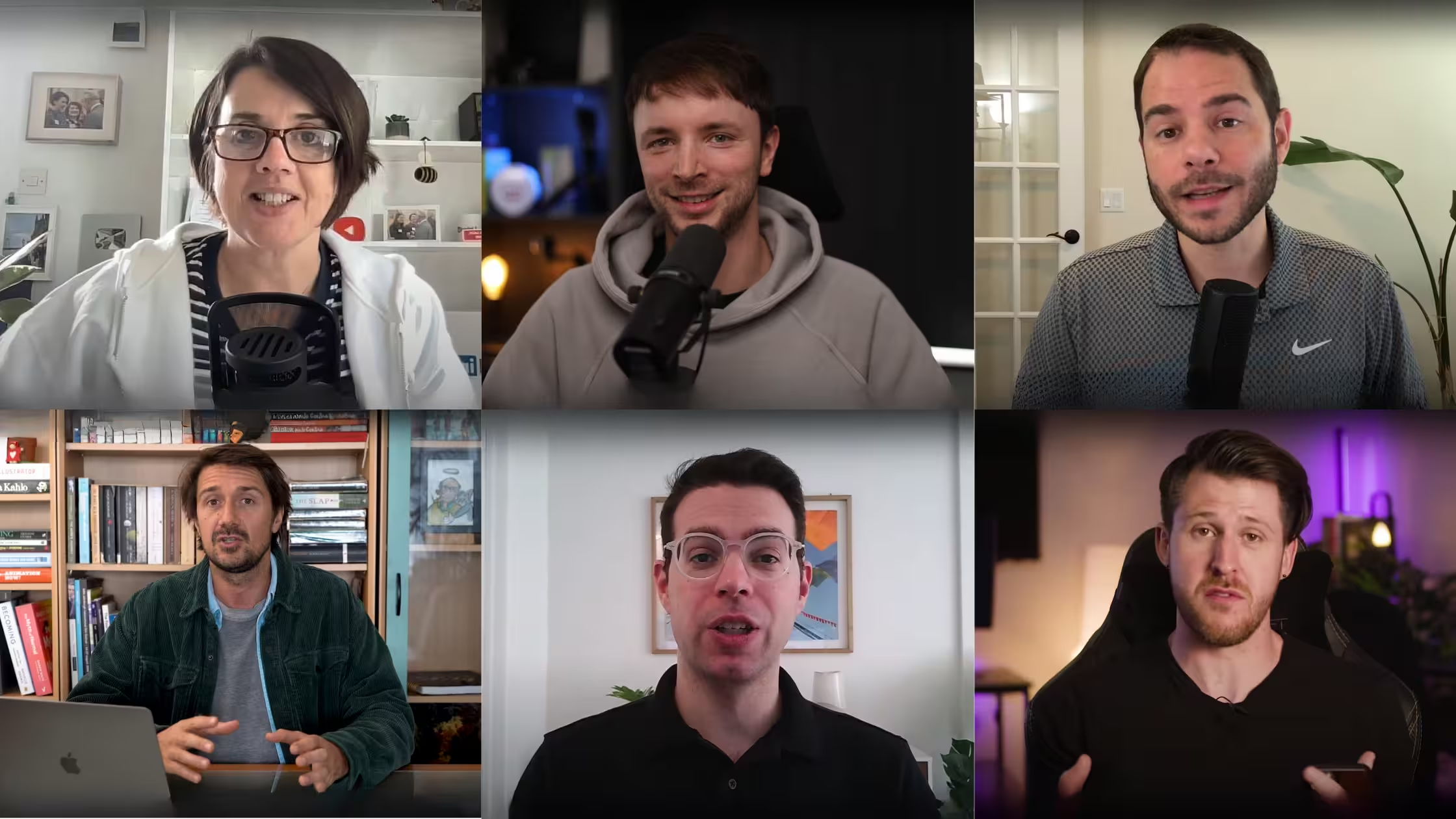LinkedIn Ads Bidding: What Works Best?
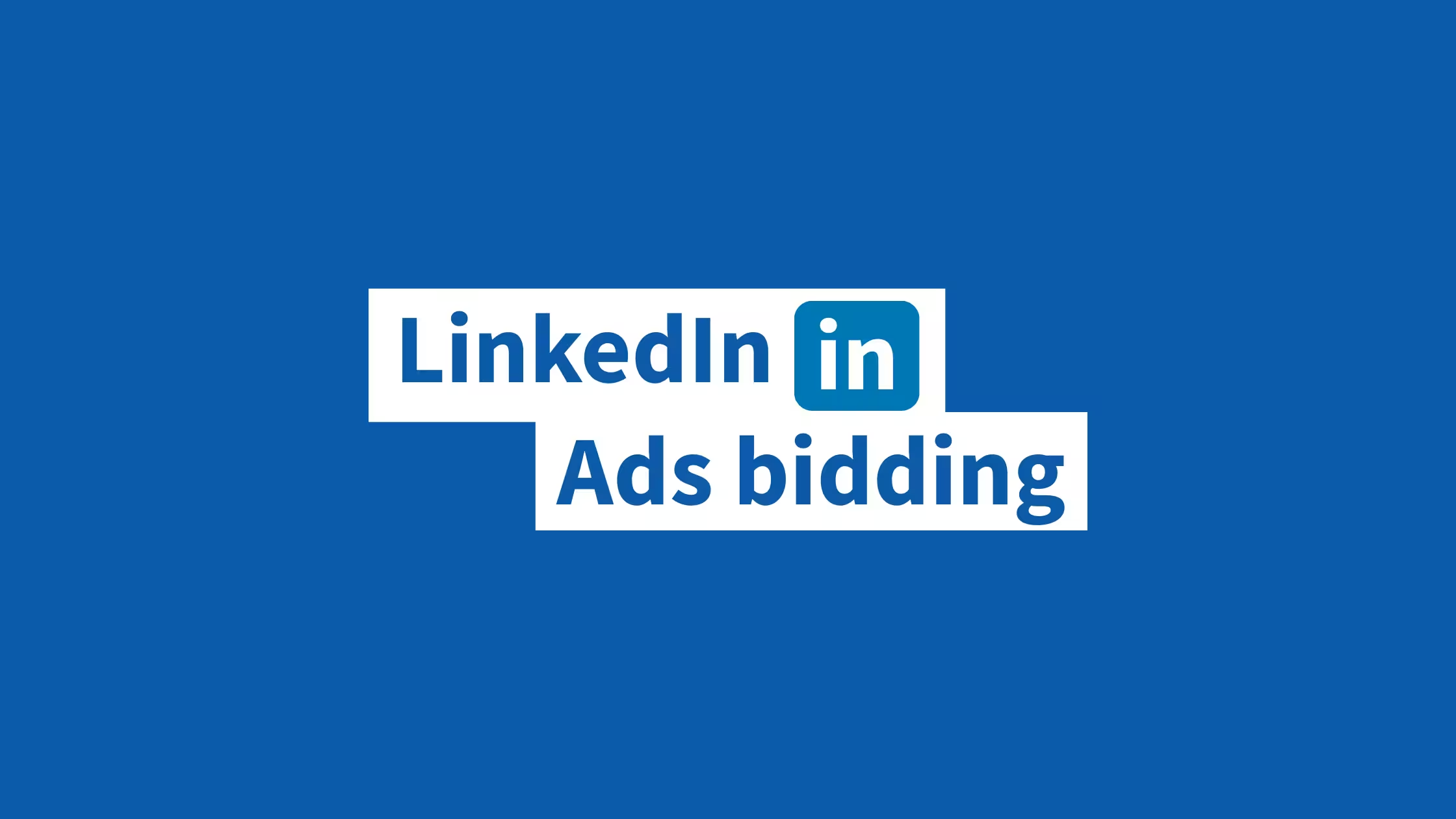
LinkedIn advertising offers powerful targeting capabilities for B2B marketers, but success often hinges on one critical decision: choosing between manual and automatic bidding strategies. This choice directly impacts your ad spend efficiency, campaign performance, and overall return on investment.
Understanding the nuances of each bidding approach can mean the difference between a profitable campaign and wasted budget. Let's explore both strategies in detail to help you make informed decisions for your LinkedIn advertising campaigns.
What is LinkedIn Ad Bidding?
LinkedIn ad bidding determines how much you pay for ad placements and when your ads appear to your target audience. The platform uses an auction system where advertisers compete for ad inventory based on their bids, ad quality, and audience targeting.
Your bidding strategy affects not only your costs but also your ad delivery, reach, and campaign objectives achievement. LinkedIn offers several bidding options within two main categories: manual and automatic bidding.
Manual Bidding
Manual bidding gives you direct control over how much you're willing to pay for each ad interaction. You set specific bid amounts based on your campaign goals and budget constraints.
Types of Manual Bidding
Cost Per Click (CPC) Bidding:
You pay when someone clicks on your ad. This works well for driving traffic to landing pages or generating leads.
Cost Per Impression (CPM) Bidding:
You pay for every 1,000 impressions your ad receives. This strategy suits brand awareness campaigns where visibility matters more than immediate clicks.
Cost Per Send (CPS) Bidding:
Available for Message Ads, you pay when LinkedIn successfully delivers your message to a member's inbox.
Pros of Manual Bidding
Budget Predictability:
Manual bidding provides precise control over your maximum spend per interaction. You'll never pay more than your set bid amount, making budget forecasting more accurate.
Cost Efficiency:
Experienced advertisers can often achieve lower costs by setting strategic bid amounts based on their knowledge of audience behavior and conversion rates.
Campaign Optimization:
Manual bidding allows for granular optimization. You can adjust bids based on performance data, time of day, or specific audience segments.
Competitive Advantage:
In less competitive niches, manual bidding can help you secure ad placements at lower costs while maintaining good visibility.
Cons of Manual Bidding
Time-Intensive Management:
Manual bidding requires constant monitoring and adjustment. You need to regularly review performance data and modify bids to maintain optimal results.
Learning Curve:
New advertisers often struggle with manual bidding, potentially setting bids too low (limiting reach) or too high (wasting budget).
Limited Reach:
Conservative manual bids might result in limited ad delivery, especially in competitive industries where higher bids dominate the auction.
Missed Opportunities:
Static manual bids can't adapt to real-time market changes or audience behavior shifts throughout the day.
Automatic Bidding
Automatic bidding uses LinkedIn's machine learning algorithms to optimize your bids in real-time. The platform adjusts your bids automatically to achieve your campaign objectives while staying within your budget constraints.
Types of Automatic Bidding
Automated Bidding for Clicks:
LinkedIn optimizes to get you the most clicks possible within your daily budget.
Automated Bidding for Impressions:
The platform maximizes your ad impressions while staying within budget limits.
Target Cost Bidding:
You set a target cost per result, and LinkedIn works to achieve that average cost while maximizing volume.
Pros of Automatic Bidding
Time Efficiency:
Automatic bidding eliminates the need for constant bid monitoring and adjustment, freeing up time for other campaign optimization tasks.
Real-Time Optimization:
LinkedIn's algorithm adjusts bids throughout the day based on auction competition, audience behavior, and conversion probability.
Improved Reach:
Automatic bidding can help you reach more of your target audience by bidding competitively across different times and contexts.
Beginner-Friendly:
New advertisers can leverage LinkedIn's bidding expertise without needing deep knowledge of optimal bid strategies.
Machine Learning Benefits:
The platform's algorithms learn from vast amounts of data across all LinkedIn campaigns, potentially identifying optimization opportunities humans might miss.
Cons of Automatic Bidding
Less Control:
You surrender direct control over individual bid amounts, which can be concerning for advertisers with strict budget constraints or specific cost targets.
Potential Cost Increases:
Automatic bidding might drive up costs during competitive periods or when targeting high-value audiences.
Black Box Approach:
The algorithm's decision-making process isn't transparent, making it difficult to understand why certain bidding decisions were made.
Budget Burning:
Automatic bidding can spend your daily budget quickly, especially during peak competition times, potentially exhausting funds before optimal conversion windows.
Choosing the Right Bidding Strategy
The choice between manual and automatic bidding depends on several factors specific to your business and campaign goals.
When to Use Manual Bidding
Experienced Advertisers:
If you have extensive LinkedIn advertising experience and understand your audience's behavior patterns, manual bidding can provide better cost efficiency.
Strict Budget Constraints:
When you need precise control over spending and can't afford cost fluctuations, manual bidding offers better predictability.
Niche Targeting:
For highly specific audiences or industries with predictable competition levels, manual bidding allows for strategic cost optimization.
Long-Term Campaigns:
Established campaigns with historical performance data benefit from manual bidding adjustments based on proven conversion patterns.
When to Use Automatic Bidding
Limited Time Resources:
If you can't dedicate time to regular bid monitoring and optimization, automatic bidding handles these tasks efficiently.
New Campaigns:
When launching campaigns without historical performance data, automatic bidding helps establish baseline performance metrics.
Broad Audiences:
For campaigns targeting large, diverse audiences, automatic bidding can optimize across various segments more effectively than manual adjustments.
Volume-Focused Goals:
When your primary objective is maximizing reach or engagement volume rather than maintaining specific cost targets, automatic bidding excels.
Best Practices for Both Strategies
Manual Bidding Optimization
Start with LinkedIn's suggested bid ranges and adjust based on performance data. Monitor your campaigns daily during the first week, then transition to weekly reviews once performance stabilizes.
Use bid adjustments strategically based on time of day, day of week, and audience segment performance. Consider setting different bid amounts for different campaign objectives within the same account. Learn some best optimization strategies with experts.
Automatic Bidding Optimization
Set appropriate daily budgets that align with your automatic bidding strategy. Too low budgets can limit the algorithm's ability to optimize effectively.
Allow sufficient time for automatic bidding to learn and optimize. LinkedIn recommends at least 7-10 days of data before making significant strategy changes.
Monitor your target cost settings regularly and adjust them based on your actual conversion values and business objectives.
Hybrid Approach: Combining Both Strategies
Many successful LinkedIn advertisers use a hybrid approach, employing different bidding strategies across various campaigns or campaign objectives.
Use automatic bidding for top-of-funnel awareness campaigns where reach and impressions matter most. Apply manual bidding for bottom-of-funnel campaigns where precise cost control and conversion optimization are critical.
This approach allows you to leverage the benefits of both strategies while minimizing their respective drawbacks.
Final thoughts
Both manual and automatic bidding can be effective when applied correctly. The key is understanding your specific needs, continuously monitoring performance, and remaining flexible enough to adjust your strategy as campaigns evolve and market conditions change. Your LinkedIn advertising success depends not just on choosing the right bidding strategy, but on implementing it effectively with proper monitoring, optimization, and alignment with your overall marketing objectives.
FAQ’s
What is the main difference between manual and automatic bidding on LinkedIn Ads?
Manual bidding gives you full control over your bid amount per action, while automatic bidding allows LinkedIn’s algorithm to adjust bids in real-time based on performance goals.
Which bidding strategy is better for beginners on LinkedIn Ads?
Automatic bidding is typically better for beginners as it requires less manual oversight and uses machine learning to optimize ad delivery and performance.
When should I use manual bidding in my LinkedIn campaigns?
Use manual bidding when you have prior campaign data, strict budget constraints, or need fine-grained control over spending and targeting.
Does automatic bidding increase my LinkedIn ad spend?
Not necessarily, but it can quickly exhaust your daily budget during high-competition times. Monitoring and setting budget limits is essential to avoid overspending.
Can I change from automatic bidding to manual bidding later?
Yes, you can switch bidding strategies mid-campaign, although it’s best to analyze current performance before making changes to avoid disrupting optimization.
Is LinkedIn automatic bidding really effective for all campaign types?
Automatic bidding works well for awareness and engagement campaigns. For conversion-focused or niche targeting, manual bidding may yield better cost efficiency.
How does LinkedIn’s auction system affect my ad placement and cost?
LinkedIn uses an auction model that factors in your bid amount, ad relevance score, and audience targeting to determine your ad’s placement and cost.
What is target cost bidding, and how is it different from other automatic strategies?
Target cost bidding lets you set a desired average cost per result. LinkedIn optimizes toward that goal while trying to maximize your campaign’s volume and results.
Can I use both manual and automatic bidding strategies in one LinkedIn account?
Yes, many advertisers use a hybrid approach—manual bidding for conversion campaigns and automatic bidding for reach or brand awareness efforts.
How long should I let automatic bidding run before making changes?
Let your campaign run for at least 7–10 days to gather enough performance data. Making changes too early can disrupt LinkedIn’s learning and optimization process.
